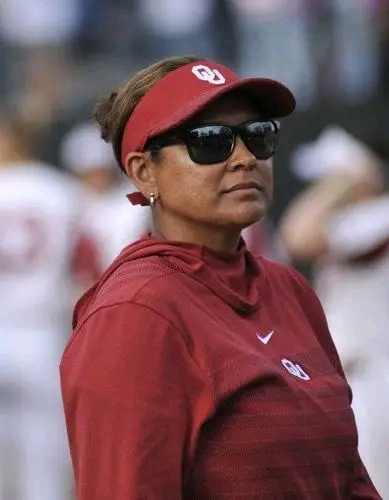
In today’s evolving landscape of college athletics, the job of a coach goes far beyond X’s and O’s. With the rise of Name, Image, and Likeness (NIL) deals, the looming potential of revenue sharing with athletes, and the ever-fluid transfer portal, the role of a college coach has transformed into that of a talent manager, business negotiator, and retention specialist—all rolled into one.
Gone are the days when a coach’s primary concern was recruiting high school players and developing them over a four-year plan. Now, coaches are forced to re-recruit their own roster every offseason, battling external offers, lucrative NIL deals, and the allure of more prominent programs or increased playing time elsewhere. The transfer portal, once a secondary concern, has become a central focus. With athletes able to move freely—and often with immediate eligibility—coaches are on




